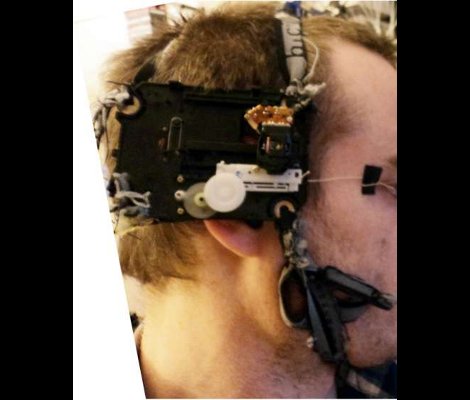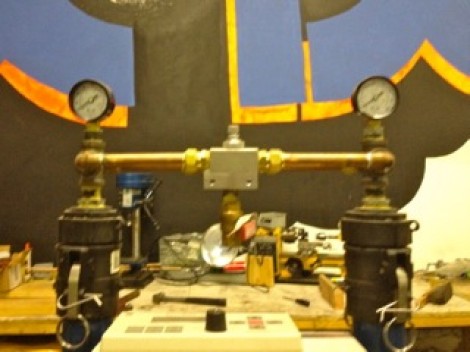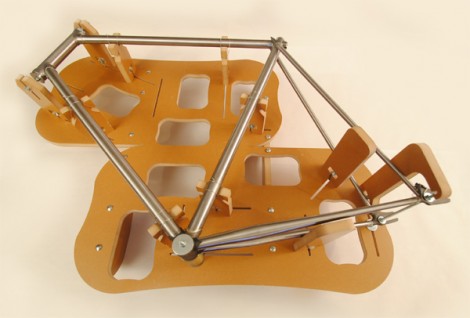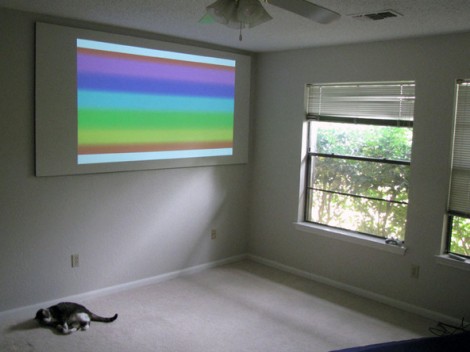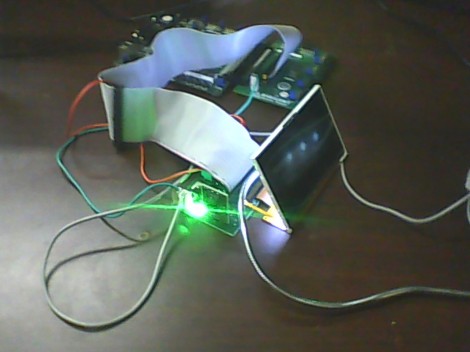
If you own a cabin in the mountains of British Columbia what do you do during the warmer summer months? Well, we’d probably mix of a cocktail and string up a hammock, but [Darrin] is quite a bit more motivated. He planned for the snowy season by building his own ski lift. He shared the details in a forum post, but you’re going to have to register and wait for approval before you can view that thread. Perhaps you’ll want to look at the video after the break before making that kind of commitment. Normally we would just pass over projects that require a login to view, but this one deserves the attention.
The setup is essentially a very steep tow rope. 1600 feet of 1/8″ aircraft cable covers an 800 foot span of his property. Apparently he’s got a total of 1000 feet of vertical drop but the lift doesn’t cover the whole area quite yet. That 6.5 horsepower Honda engine drives the cable loop, with the pulley system seen above used as an RPM reducer. Each skier can hook onto the cable used the nylon rope with a ski-pole spacer and a hook. The RC vehicle remote control works as a dead man’s switch, starting the lift slowly when the throttle is depressed and stopping it when released.
Normally we like to link to similar projects, but so far this is the only ski lift we’ve covered. You’ll have to settle for this ski-pole mounted POV display.

